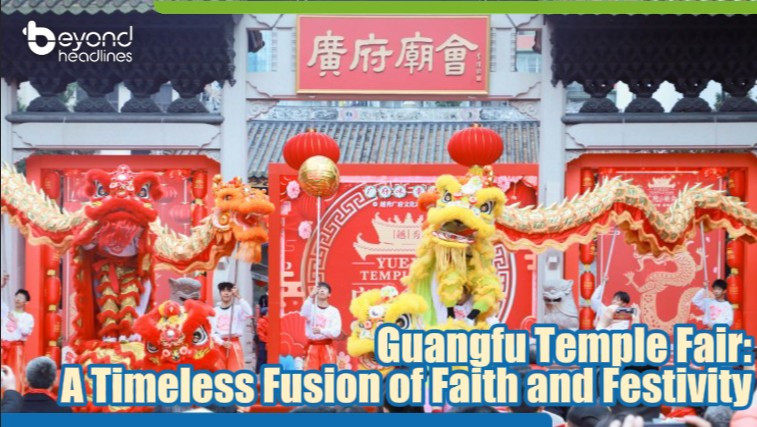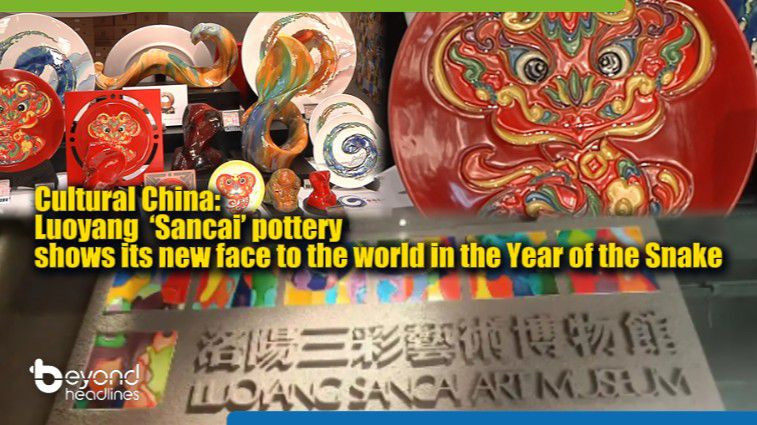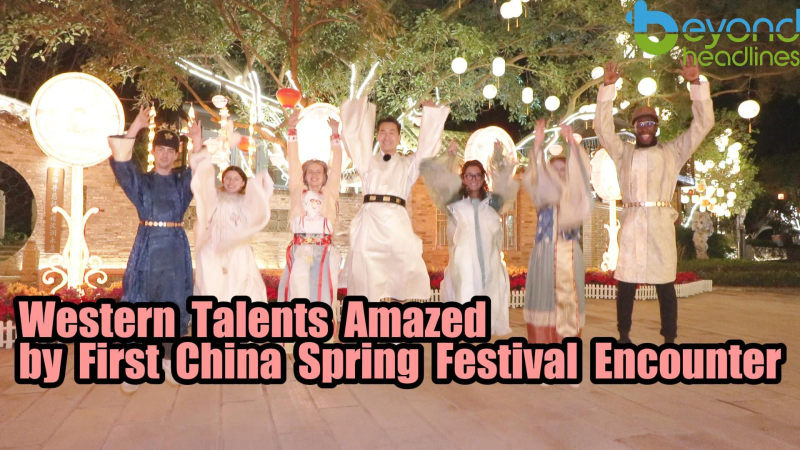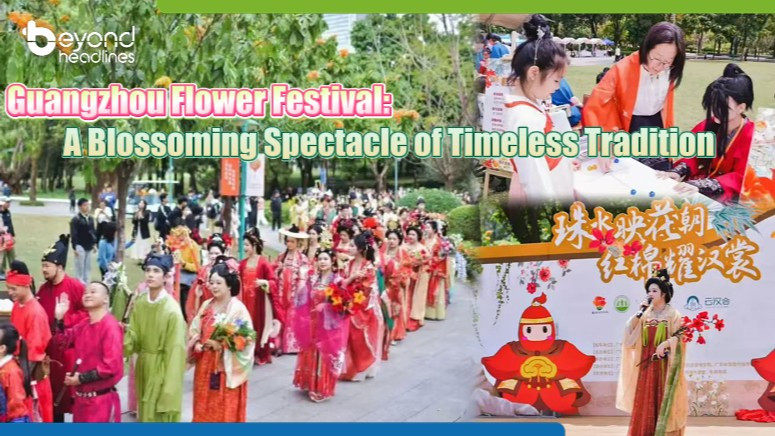China’s Spring Festival, also called Lunar New Year, has been listed as the ‘Intangible Cultural Heritage of Humanity’ by the United Nations Educational, Scientific and Cultural Organization (UNESCO) at its 19th session of the Intergovernmental Committee for the Safeguarding of the Intangible Cultural Heritage on December 4, 2024.
The Spring Festival, also known as Chinese New Year, is a hallmark of Chinese culture and one of the most significant festivals celebrated in China and around the globe. It involves a rich tapestry of rituals, customs, legends, and ballads, as well as the skills required for preparing festival decorations and supplies, all of which are passed down informally within families and communities.
Traditionally, the Spring Festival marks the beginning of the new year, occurring on the first day of the first month of the Chinese lunar calendar. It encompasses various social practices aimed at welcoming the new year, praying for good fortune, celebrating family reunions, and fostering community harmony.
With this latest addition, China now has 44 entries on UNESCO’s intangible cultural heritage list, reinforcing its status as the country with the most items recognized globally. The inclusion of the Spring Festival as an Intangible Cultural Heritage of Humanity acknowledges not only its deep-rooted significance in Chinese culture but also the universal values it embodies, connecting people across different backgrounds and cultures.





![[Cultural China] Beyond the Teapot: Spring Tea Brews Up a Culinary Revolution](https://img.beyondheadlines.hk/articles/cover/20250424/0cda9c237f4c67836253d8119e44a3c0.jpg!w800)







